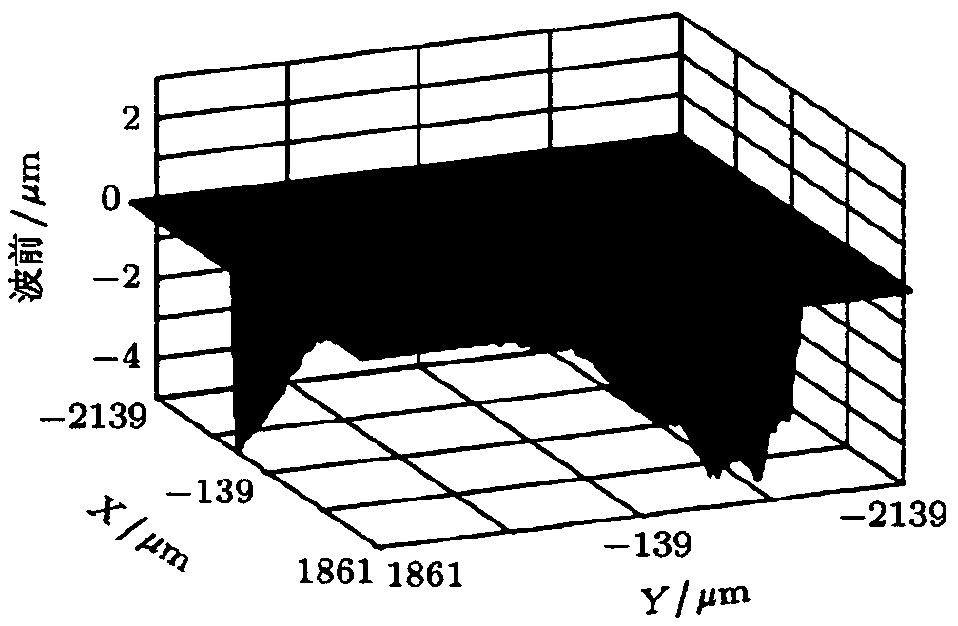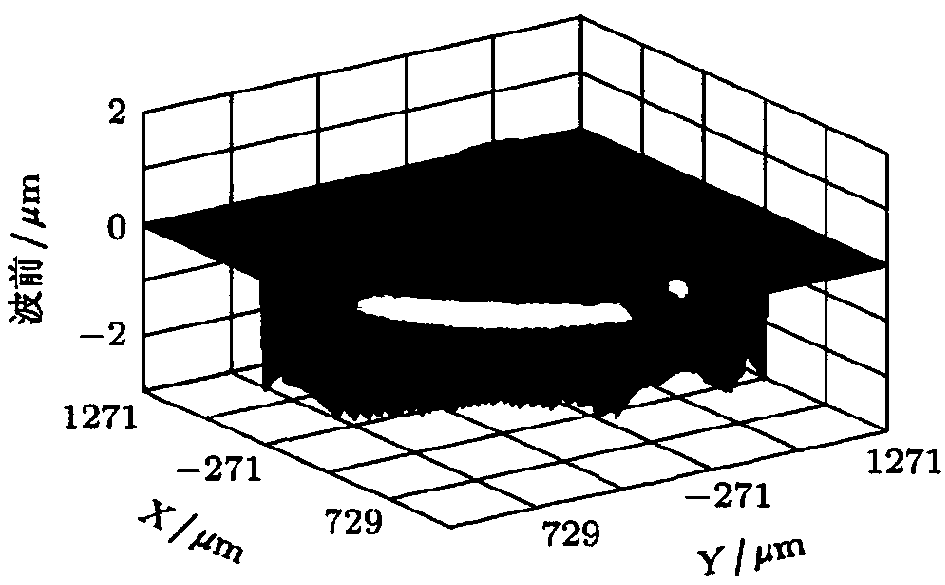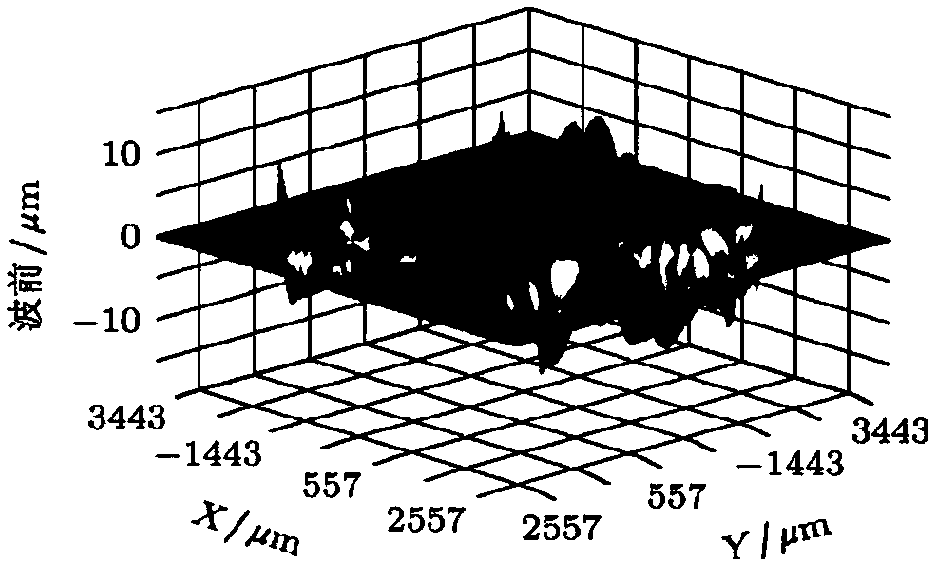Device and method for restraining de-coherence effect in heterodyne detection based on CCD camera
A technology of heterodyne detection and camera, which is applied in the field of devices for suppressing the decoherence effect in heterodyne detection, can solve problems such as complex structure of array detection devices, lower system stability, and insignificant signal-to-noise ratio, and achieve good practical application value, Improve system stability and improve the effect of signal-to-noise ratio
- Summary
- Abstract
- Description
- Claims
- Application Information
AI Technical Summary
Problems solved by technology
Method used
Image
Examples
Embodiment Construction
[0031] The following will clearly and completely describe the technical solutions in the embodiments of the present invention with reference to the accompanying drawings in the embodiments of the present invention. Obviously, the described embodiments are only some, not all, embodiments of the present invention. Based on the embodiments of the present invention, all other embodiments obtained by persons of ordinary skill in the art without making creative efforts belong to the protection scope of the present invention.
[0032] See attached Figure 4 And attached Figure 5 , the embodiment of the present invention discloses a CCD camera-based device for suppressing the decoherence effect in heterodyne detection, including: a laser 11, a first beam splitter 12, a local oscillator optical path acousto-optic frequency shifter 13, a signal optical path acousto-optic shifter Frequency converter 14, second beam splitter 21, optical antenna 22, mirror 23, third beam splitter 24, CCD...
PUM
 Login to View More
Login to View More Abstract
Description
Claims
Application Information
 Login to View More
Login to View More - R&D
- Intellectual Property
- Life Sciences
- Materials
- Tech Scout
- Unparalleled Data Quality
- Higher Quality Content
- 60% Fewer Hallucinations
Browse by: Latest US Patents, China's latest patents, Technical Efficacy Thesaurus, Application Domain, Technology Topic, Popular Technical Reports.
© 2025 PatSnap. All rights reserved.Legal|Privacy policy|Modern Slavery Act Transparency Statement|Sitemap|About US| Contact US: help@patsnap.com



